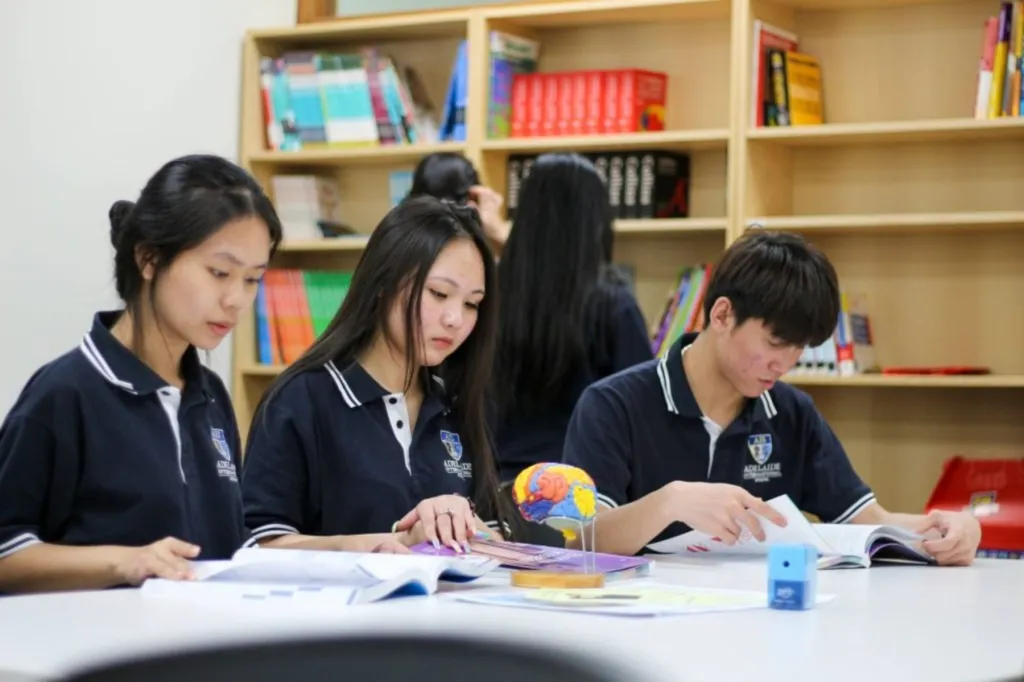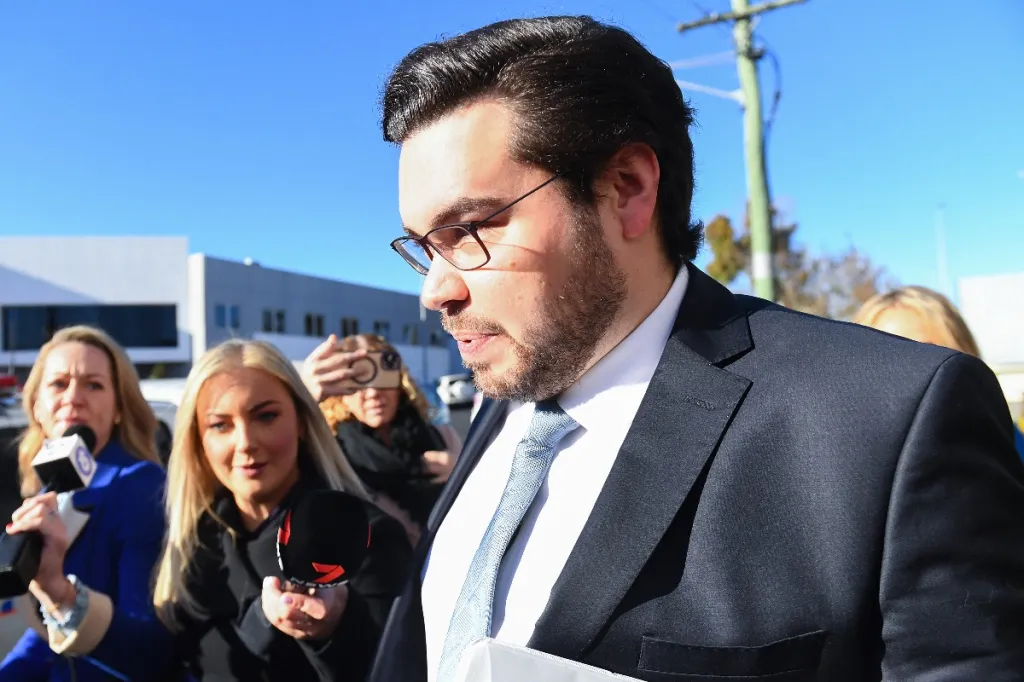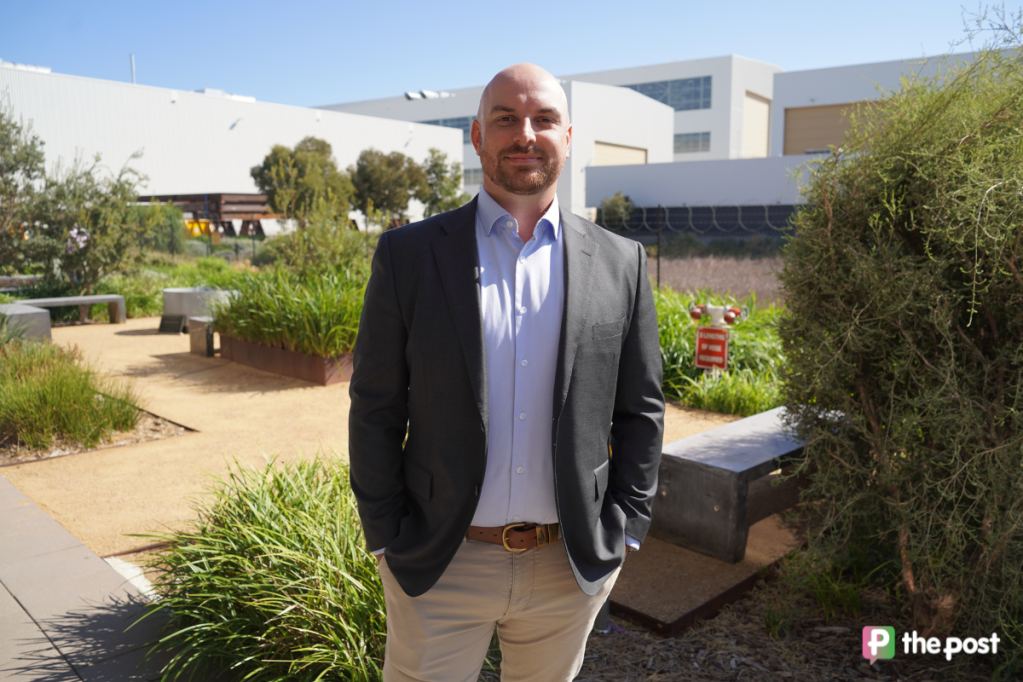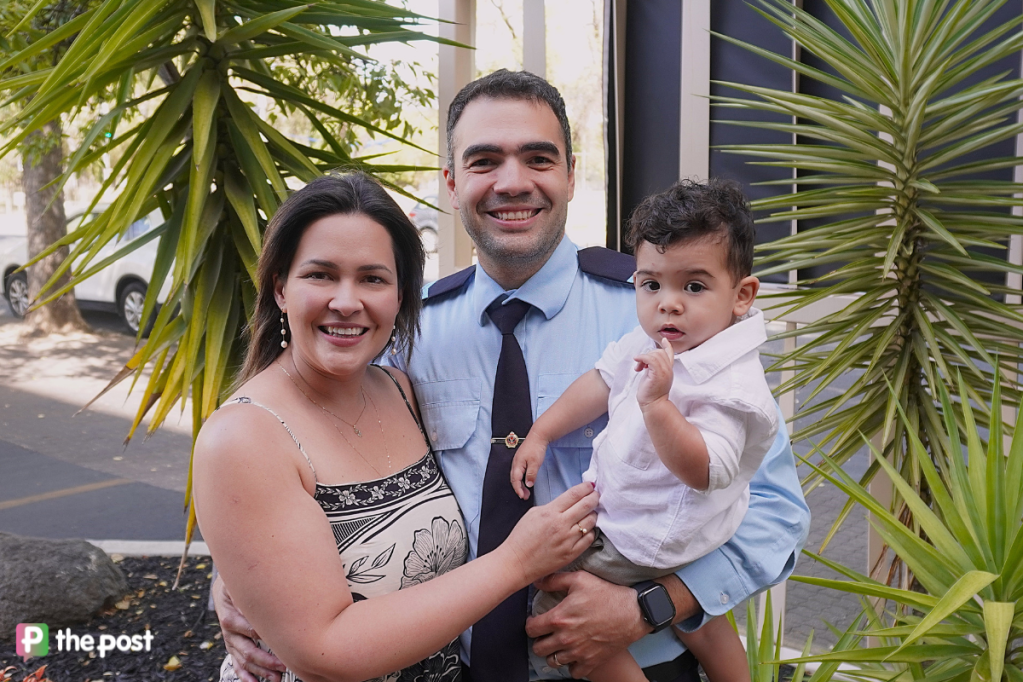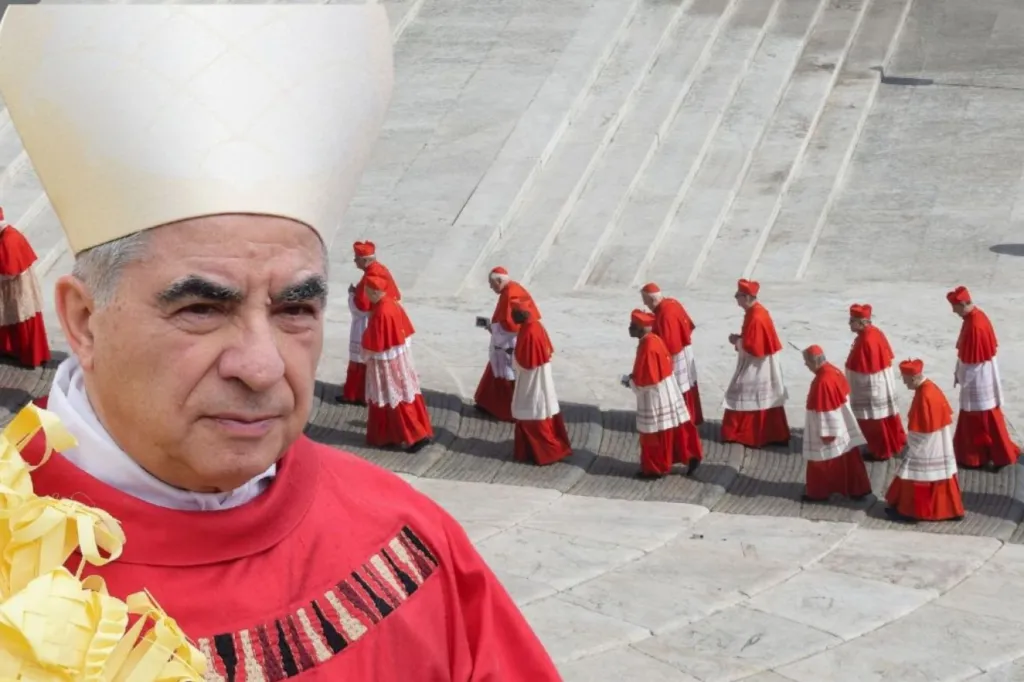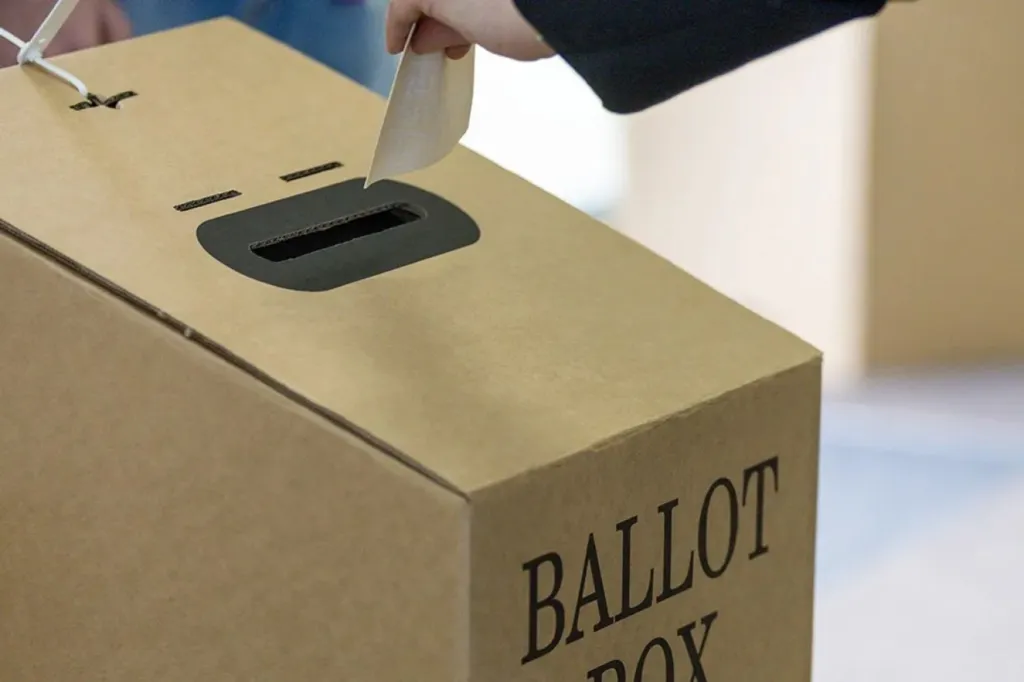New foreign student caps to hit Australian universities
The federal government will slash international student numbers via ministerial direction rather than legislated caps, after budget figures showed the government failing to meet its goal of lowering migration.
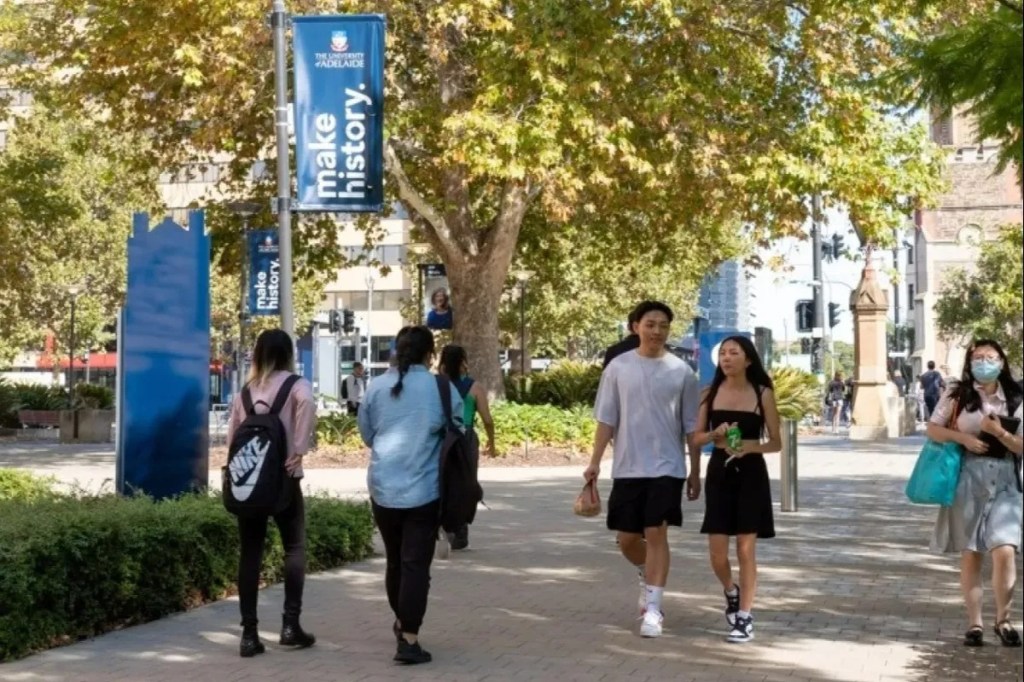
Home Affairs Minister Tony Burke will sign a new ministerial direction on Thursday allowing the government to throttle visa processing and limit the number of international students a university can enrol.
The order will replace the existing ministerial direction 107 and effectively introduce measures that would have been legislated had the coalition not opposed a bill in parliament capping international students.
Burke said legislating the cap would have been the best option but the new ministerial direction still allows the government to pull one of its biggest levers in the migration system.
“Peter Dutton wants to talk tough on migration but has voted to let it rip when it comes to international students,” he said.
“This is a counterbalance to his recklessness.”
The new direction will be fairer for regional and outer metropolitan universities as well as TAFEs, said Education Minister Jason Clare.
You might like
“It shouldn’t just be the big inner-city unis that benefit from international education,” he said.
“TAFEs, regional and suburban unis should benefit too, and this new approach will help us do that.”
Under ministerial direction 107, “lower risk” universities including the major Group of Eight institutions were given priority in a bid to weed out dodgy providers and education agents looking to lure students who were unable to support themselves.
The university sector welcomed the removal of ministerial direction 107, calling it a win for all Australians.
“MD107 has wreaked havoc, stripping billions of dollars from the economy and inflicting incredibly serious financial harm on universities, particularly those in regional and outer suburban areas,” said Universities Australia chief executive Luke Sheehy.
“Internationalisation and international students are critically important to our economy, our society and our universities.
Stay informed, daily
“They never deserved to be positioned as cannon fodder in a political battle over migration and housing.”
The mid-year budget update released on Wednesday revealed current attempts to limit migration were struggling to make an impact.
New arrivals had declined in line with expectations, but migrants were leaving the country at a slower rate than expected.
Net overseas migration is forecast to come in at 340,000 this financial year, 80,000 more than previously predicted.
Treasurer Jim Chalmers could not explain the discrepancy in its projections, saying “people are hanging around for longer … I don’t have a more granular sense like that”.
The budget update forecast net migration to moderate to 225,000 in 2026/27 and 2027/28.
That is down from the peak of 536,000, with Australian Bureau of Statistics figures showing a net intake of 446,000 migrants in 2023/24.
The largest group of migrant arrivals was still temporary students at 207,000 despite the government’s attempts to slow growth in the sector.
Shadow treasurer Angus Taylor said Labor hasn’t a clue about migration.
“We cannot afford to have two million new Australians over and above organic population growth in just two terms when we’re not getting the housing and infrastructure to support that,” he said.
The coalition has committed to reducing net migration to 160,000 per year but Taylor was unable to say how they would address the issue of slower departures.
